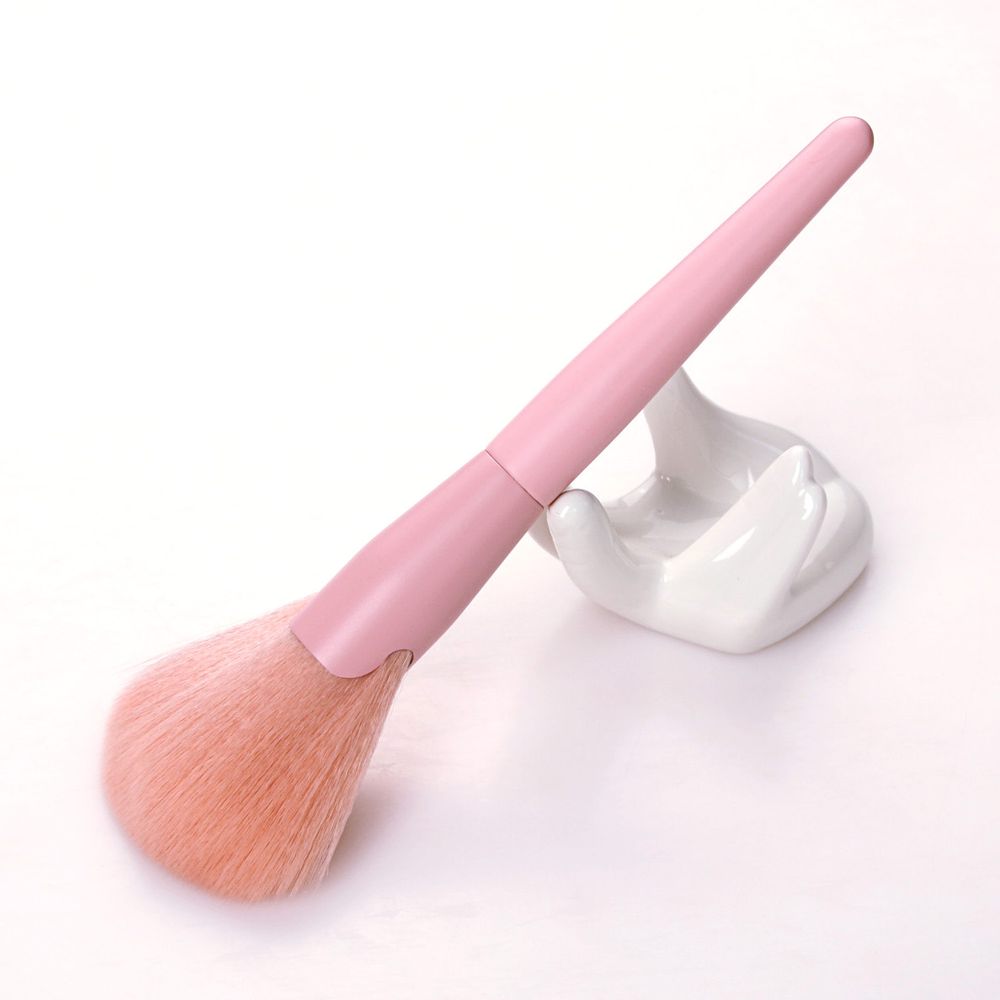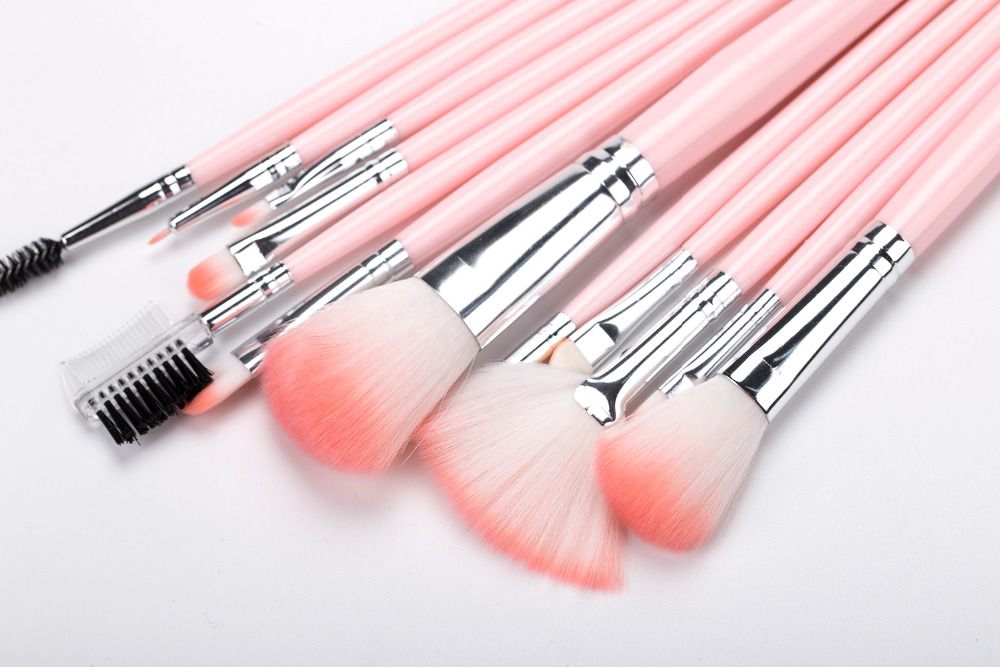Industry news
Global Cosmetic Brush Market Segmentation: Professional-Grade Bristles vs. Mass-Market Options
- 339 Views
- 2025-09-21 01:32:17
Global Cosmetic Brush Market Segmentation: Professional-Grade Bristles vs. Mass-Market Options
The global cosmetic brush market is experiencing robust growth, driven by rising consumer interest in professional makeup artistry, the expansion of beauty education platforms, and the surge in demand for high-quality beauty tools. As the industry matures, a clear segmentation has emerged: professional-grade bristles and mass-market options. This divide is defined by differences in bristle materials, craftsmanship, target demographics, and market dynamics, shaping the industry’s trajectory in distinct ways.
Professional-grade cosmetic bristles are engineered for precision, durability, and performance, catering to a niche but high-value segment. Materials here prioritize functionality: natural fibers like Siberian mink hair, Taklon (a premium synthetic mimicking animal hair), or cruelty-free仿生丝 (bionic silk) dominate. These materials undergo rigorous processing—such as tip rounding to prevent skin irritation, taper cutting for enhanced powder pickup, and heat-setting for consistent elasticity. For instance, professional blending brushes often use 100% pure badger hair, valued for its ability to hold and distribute pigments evenly, a critical feature for editorial or bridal makeup. Craftsmanship further distinguishes this segment: hand-assembled ferrules, density control to avoid shedding, and ergonomic handles tailored for prolonged use by makeup artists. Target users include professional MUA teams, beauty influencers, and enthusiasts investing in salon-quality results, with price points ranging from $30 to $150 per brush.
In contrast, mass-market cosmetic brushes focus on accessibility and affordability, targeting everyday consumers and fast-beauty brands. Bristles here are predominantly synthetic—nylon, polyester, or PBT (polybutylene terephthalate)—chosen for cost-effectiveness and scalability. While early mass-market options were criticized for scratchy textures or poor pigment retention, advancements in synthetic fiber technology have narrowed the gap. Modern mass-market bristles now feature ultra-soft, tapered tips (mimicking natural hair’s performance) and vegan-friendly compositions, aligning with Gen Z’s demand for cruelty-free products. Production leans on automated machinery for uniform bristle trimming and plastic ferrules, enabling price points as low as $5 to $20 per brush set. Key drivers include e-commerce penetration (60% of mass-market sales occur online, per Statista) and the “quick beauty” trend, where consumers prioritize disposable, on-the-go tools.

Market dynamics for these segments diverge sharply. Professional-grade growth is fueled by the “proization” of beauty—consumers increasingly seek salon-like results at home, driven by TikTok tutorials and makeup masterclasses. Brands like Sigma Beauty and Artis leverage this by marketing brushes as “investment tools,” emphasizing longevity (5–7 years with proper care) over cost. In contrast, mass-market growth hinges on fast fashion’s influence: limited-edition collections, collaborations with influencers, and seasonal trends (e.g., pastel brushes for spring) drive impulse purchases. Data from Euromonitor shows professional-grade segments growing at a CAGR of 7.2% (2023–2028), while mass-market expands at 5.8%, reflecting higher price elasticity in the latter.
A critical trend bridging both segments is sustainability. Professional brands are shifting to ethically sourced natural fibers (e.g., FSC-certified wood handles) or lab-grown alternatives to address animal welfare concerns. Mass-market players, meanwhile, adopt recycled plastics for handles and biodegradable packaging to meet eco-conscious consumer demands. This convergence suggests the industry’s future may lie in “premiumization” of mass-market options and “democratization” of professional features—blurring lines but preserving core segmentation based on performance needs.

In conclusion, the global cosmetic brush market’s segmentation into professional-grade and mass-market bristles is not just a matter of price, but of purpose. While professional tools cater to precision and durability, mass-market options prioritize accessibility and trend responsiveness. As consumer awareness grows, both segments will evolve—driven by innovation in materials, sustainability, and the ever-expanding desire for beauty tools that deliver results, regardless of budget.











